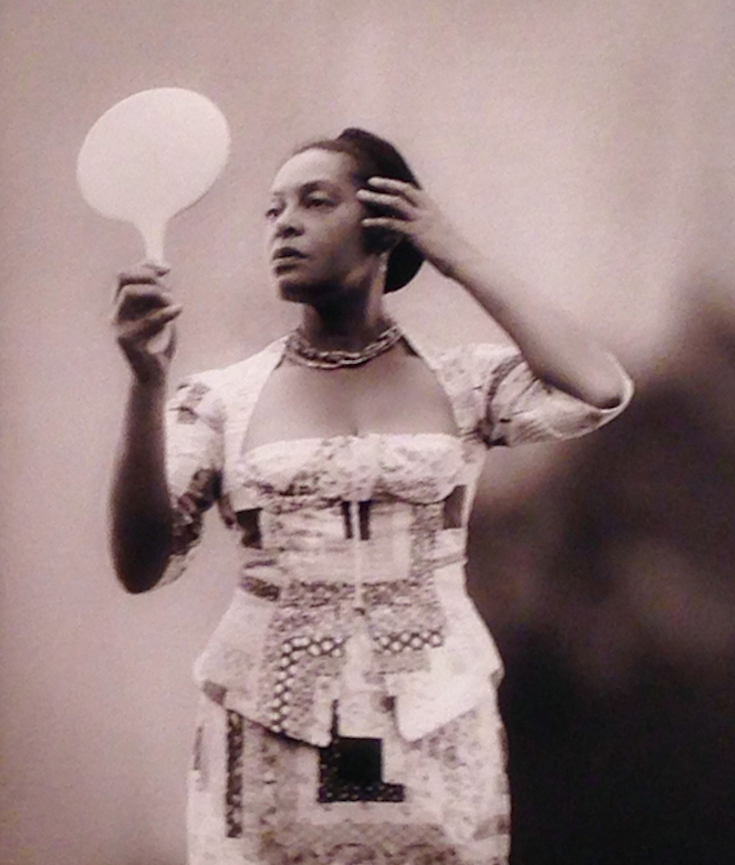[dropcap]Seamstress.[/dropcap] Nanny. Cook. Housekeeper. Maybe teacher, nurse or secretary. Those were the roles women of color were expected to hold in American society during the mid–20th century. To pursue something more ambitious professionally was to push against tightly held, deeply entrenched norms. A white man could be whatever he wanted to be: Scientist. Artist. Doctor. President. But women –– particularly women of color –– were considered radical if they so much as asked for equal treatment in society, let alone pursued a creative or aspirational career. [mc4wp_form id=”6042″]
Painter Emma Amos put it this way: “For me, a black woman artist, to walk into the studio is a political act.”
This Friday at the California African American Museum, the radical, political, bold and daring work of more than 40 black women artists and art collectives will go on display. The show, which debuted over the spring and summer at the Brooklyn Museum in New York, is called “We Wanted a Revolution: Black Radical Women, 1965-85.”



NATIONAL MUSEUM OF AFRICAN AMERICAN HISTORY & CULTURE | WASHINGTON, DC
The National Museum of African American History and Culture is the only national museum devoted exclusively to the documentation of African American life, history, and culture. It was established by Act of Congress in 2003, following decades of efforts to promote and highlight the contributions of African Americans. To date, the Museum has collected more than 36,000 artifacts and nearly 100,000 individuals have become charter members. The Museum opened to the public on September 24, 2016, as the 19th and newest museum of the Smithsonian Institution. (Website).


You must be logged in to post a comment.